With the official kick-off to the school year, the Science Mill is excited to be shifting our efforts from Summer programs delivery to supporting our educators across the state with programs and field trips both here at the Science Mill and remotely through our offsite offerings. The Science Mill is your go-to resource for STEM education and Career Readiness programs and activities developed by educators to make your deployment as easy as possible. Our unique approach to programming means we are not just here to provide you with content and equipment but will support you along the way with deployment and training. We know you do so much for our students, and we are here to support you. Please think of the Science Mill as your partner in education, and don't hesitate to reach out to us at any time with questions. We want to wish you a great school year!
- Peter Claffey, Science Mill CEO
Starting this month - our Science Corner Blog will bring exciting news from the STEM world, along with content you can use in your classroom - at home or at school - to further inspire students’ curiosity and give them the confidence, tools and support they need to reach their full potential as a skilled member in the 21st-century STEM workforce. Follow along each month as we explore a different STEM topic.
LET’S TALK ABOUT: THE WONDERS OF CARDBOARD
What’s not to love about cardboard? What starts as a seemingly simple vessel for delivering your latest online purchase - can be transformed into a city skyline, a maze, a costume, or the age-old favorite - a fort. All this is accomplished with minimal investment - just a few supplies and your imagination!
Cardboard is such an amazing tool - that we are dedicating an ENTIRE WEEKEND to Cardboard in our Labor Day Cardboard Challenge. Join us at the Science Mill as we guide you in how to use a variety of tools and techniques to turn this extraordinarily ordinary material into your own city block - complete with electricity! Click graphic below for more information.
Keep scrolling to see how one Whiz Kid turned his love of cardboard and Transformers movies into a museum-worthy costume exhibit. And then how you can use cardboard to create a twisty-turny maze and teach your students about Newton’s Laws of Motion. Be sure to join us at our Labor Day Cardboard Challenge - Saturday through Monday, September 3-5.
Meet Gavin!
He is not your typical 17-year-old, as he has taken his admiration for the Transformers movies to all new heights, literally! Gavin designs and builds larger than life cardboard transformers suits. He sat down with the Science Mill team to tell us how he got started in making!
Tell me about your journey in making with cardboard. Where did you start and how have you grown? I started with cardboard because it was (and continues to be) quite plentiful in my house and is also very easy to manipulate. I started with an easy Autobot, Prowl, with a simple transformation sequence, holding it together with pipe cleaners and duct tape… Obviously, there have been quite a few changes from a Prowl to an eight-foot Optimus Prime!
How did you get started making? For as long as I can remember, I have loved engineering. Now, for my starting years, I use the term “engineering” very loosely. I started with a handful of Lego bricks and a lot of enthusiasm. I have to give a huge plug for my parents here who encouraged me to keep being creative and to keep making more. Without their nod of approval, I might not have ever built anything well, much less pursued it as an art and skill.
Are there STEM related careers you are interested in? The degree that I am most interested in at the moment is called Industrial and Innovative Design. It is essentially a combination of mechanical engineering, graphic design, and product marketing, providing a realistic study for a creative calling that prepares students for an occupation in invention.
What is something people might not know about the process of creating your suits? My most recent Optimus Prime is the fourth Optimus Prime suit that I have built. It took three other Optimus Primes, one Bumblebee, and one Prowl, to get to where I am now. Time and time again, my costumes have been less than what I’ve hoped for. This process includes one trial after another to improve the art and make whatever character I seek to imitate really come to life.
What would you say right now to your 10-year-old self? Keep trying to find a way. Necessity is the mother of invention, so to improve your skills, set high goals, and then figure out how to reach them. Be willing to try again and again until you reach that goal, and through practice your skill will improve.
Tell us about your favorite teacher or mentor. I am homeschooled, so, quite obviously and undeniably, my favorite teacher is my Mom. I have had other teachers in co-ops or online classes, but she blows every one of them out of the water. She taught me by example how to make and be creative, and how to cultivate the gifts that God has given me. Sorry-not-sorry, I have the best Mom ever. It’s not even a competition. She takes time for me and each of my four siblings which is absolutely incredible, but makes each one of us feel valued and loved in the midst of our crazy lives. She comforts us and builds us up academically and spiritually, and her impact on my life cannot be calculated by minutes and hours, but by the intentionality that she puts into every moment. She is the best!
Quick Thoughts from Gavin: Creative invention is vital, and every single person should practice it to some extent. It could be something STEM related, with cardboard or metal or wood, or it could be something more akin to the arts like writing or painting or music, or something entirely different, but every human has a responsibility from God to create, and it is unhealthy to quell that to say the least. In addition, it is just such a joy to make, that a lack of creativity should not be a problem in the first place!
See Gavin at the Mill!
Saturday, September 3rd during our Labor Day Cardboard Challenge!
Marble Maze Challenge
Use Cardboard in the classroom to create a twisty-turny labyrinth maze to race your marble to the finish line.
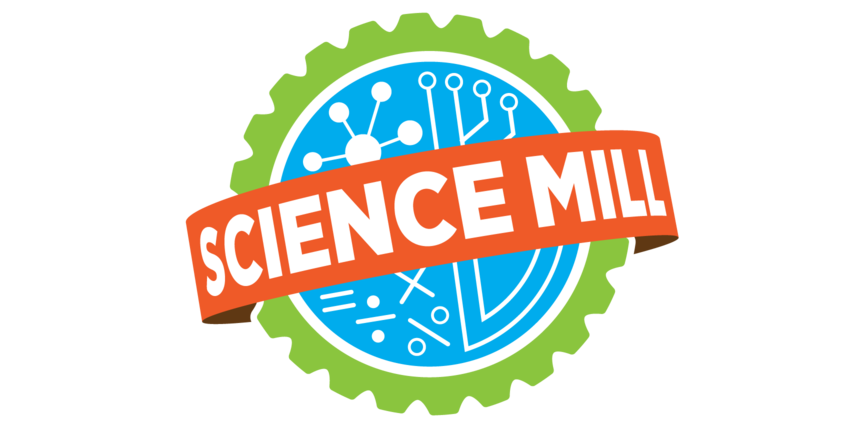


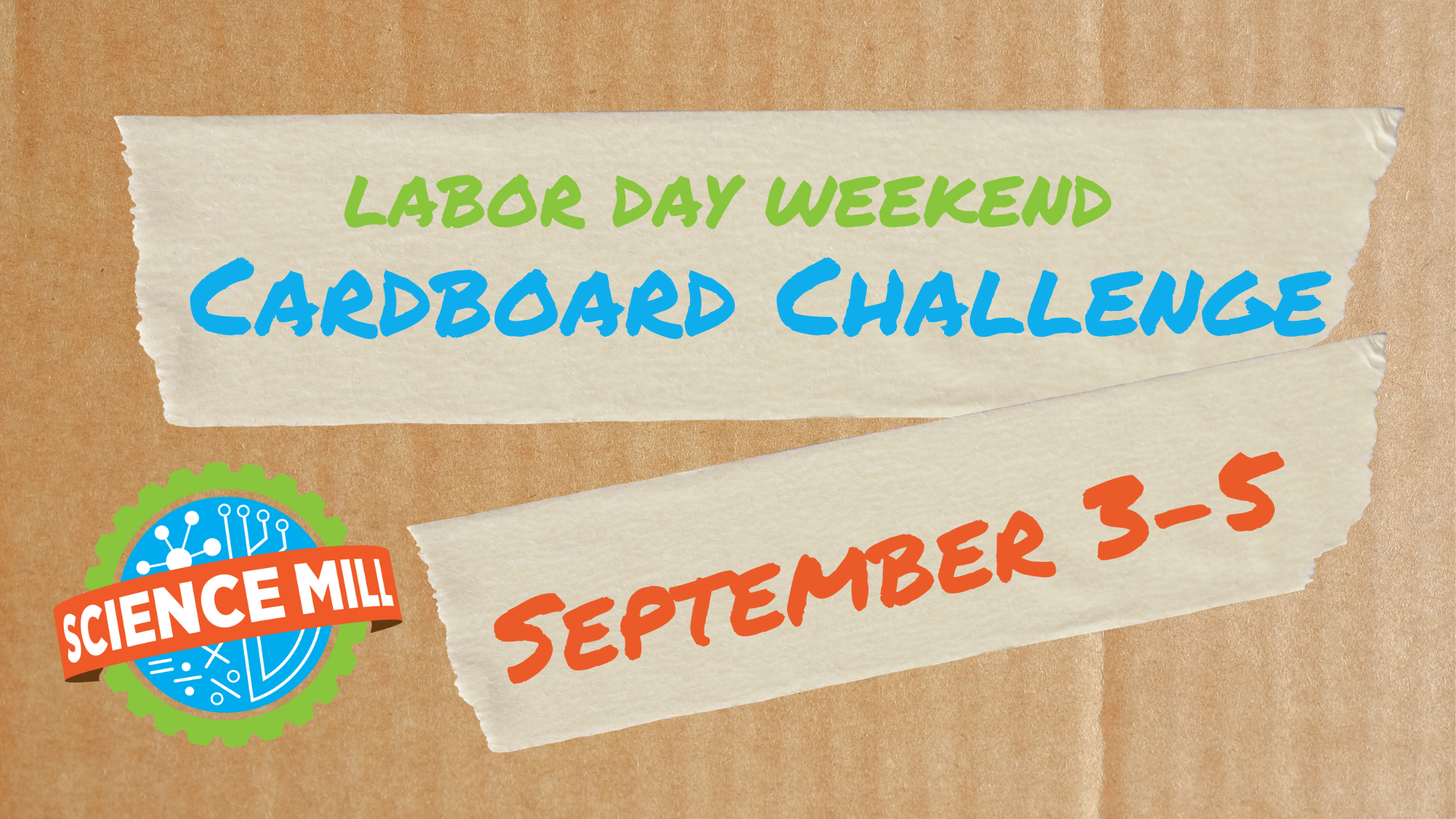


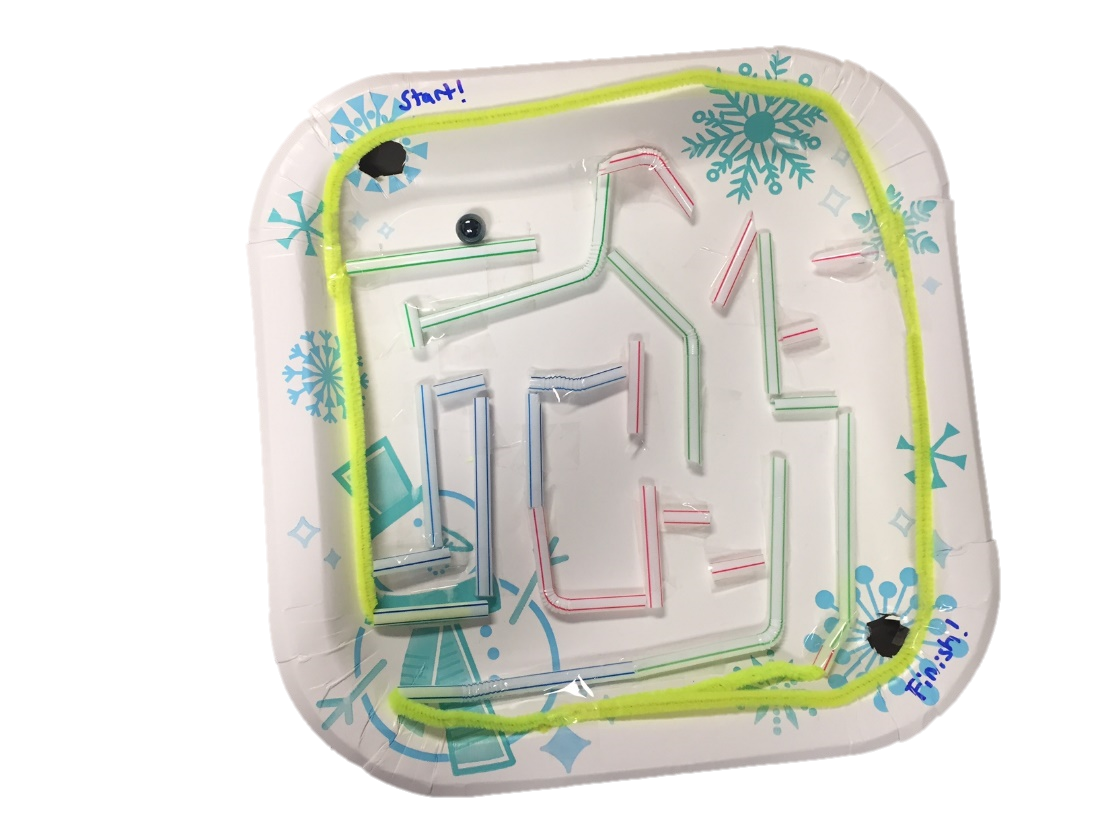








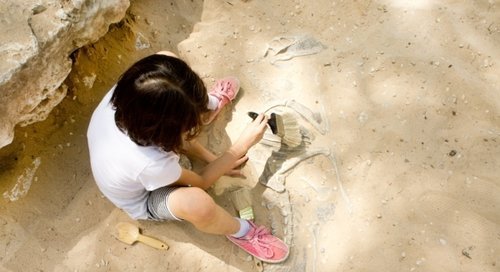



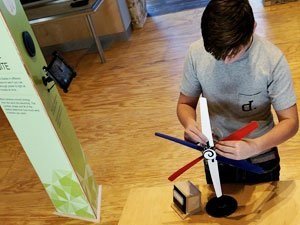













Interested in robotics? Start here!
Below, the teens share recommendations for kids who might be interested in joining a robotics team. Their three biggest pieces of advice:
It’s totally fine to come in with no background in coding or engineering
Practice a “growth mindset” to help you take on new challenges and learn from mistakes
If you give STEM a try, you’ll find things you like—there’s something for everyone!
Programs to explore and skills to build
LEGO engineering kits—FIRST also offers LEGO Leagues that start as young as ages 4-6
Hummingbird robotics kits from BirdBrain Technologies—the Science Mill uses these for lots of programs!
Hopscotch coding app—good for learning the basics of programming with visual cues
Scratch coding platform—another good intro that lets you “build” with blocks of code
Codecademy—helpful for learning a specific programming language, like Java or Python
Work on your math skills—again, not a requirement, but they definitely help you decode what other teams did and breakdown challenges into solvable pieces
Try problem-solving activities to think like an engineer—no need for fancy equipment here! Identify a problem, brainstorm solutions, use cardboard and recyclables to prototype your idea, then keep testing and improving. (Hands-on problem-solving is also great for building grit and resilience.) Check out our Think like a Robot Inventor blog for more ideas.